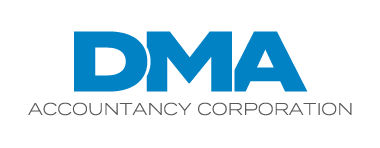If your organization has struggled to accurately forecast and manage the costs of its health care benefits, you’re not alone. Global HR consultancy Mercer released a report in May entitled The CFO perspective on health, which surveyed the CFOs and other finance/accounting employees with health budget oversight at 80 employers between February and March of this year.
Of those respondents with 500 or more employees, 72% said their health care benefits costs were less predictable than other expenses. What’s more, 67% reported that health care benefits costs are a “significant” or “very significant” concern in comparison with other operating expenses.
2 critical factors
So, it’s fairly clear that those in leadership positions at many, if not most, employers are well aware of the challenge of containing these costs. But how do you do it?
The precise answer depends on the defining characteristics of your organization. But, in general, managing health care benefits costs can be made easier by learning more about two critical factors: your workforce and the health care benefits marketplace.
Starting with the first point, your optimal plan design should be driven by the size, demographics and needs of your workforce. Rather than relying on vendor-provided materials, actively manage communications with employees regarding their health care and wellness-related benefits. Determine which offerings are truly valued and which ones aren’t.
If you haven’t already, explore the feasibility of a wellness program to promote healthier diet and lifestyle choices. Invest in employee education so your plan participants can make more cost-effective health care decisions. Many employers in recent years have turned to high-deductible health plans coupled with Health Savings Accounts to shift some of the cost burden to employees.
As you study your plan design, keep in mind that good data matters. Employers can apply analytics to just about everything these days — including health care coverage. Measure the financial impacts of gaps between benefits offered and those employees actually use. Then, appropriately adjust your plan design to close these costly gaps.
Potential contributors
The second point – that is, the health care benefits marketplace – can be challenging to get a handle on. There are a wide variety of providers, plans and programs out there. Many companies engage a consultant to provide an independent return-on-investment analysis of an existing benefits package and suggest some cost-effective adjustments. Doing so will entail some expense, but an external expert’s perspective could help you save money in the long run.
Another service that a consultant may be able to provide is an audit of medical claims payments and pharmacy benefits management services. Mistakes happen — and fraud is always a possibility. By re-evaluating claims and pharmacy services, you can identify whether you’re losing money to inaccuracies or even wrongdoing.
Regarding pharmacy benefits, as the old saying goes, “Everything is negotiable.” The next time your pharmacy coverage contract comes up for renewal, have an honest discussion with your vendor rep about whether you can get a better deal. If not, it may be time to meet with one or more of the provider’s competitors.
The more you know
The truth is many employers are concerned about the unpredictability and rising nature of health care benefits costs. Gathering data points about your workforce and getting a strong grasp of the current state of the marketplace are good ways to begin addressing the problem.
© 2024


Recent Comments